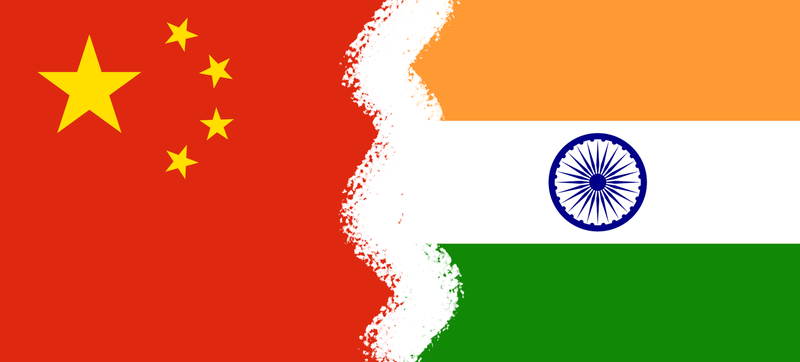News Highlights:
- According to a report to a parliamentary standing committee by a Navy representative, China’s navy increased from 250 ships to over 350 in less than a decade.
- The Chinese Navy with around 355 ships has grown to be the world’s largest Navy in terms of numbers.
- The committee was appraised of the possible collusive threat from both China and Pakistan and China’s role in the expansion of Pakistan’s Navy.
Pakistan-China Relationship
- Overview:
- Initially, Pakistan was a member of two United States-led anti-communist military pacts, SEATO and CENTO, it was seen as part of the non-Soviet bloc – and China, under Mao Zedong, was on the other side of the aisle.
- On the other hand, India had a working relationship with China. The two countries had the same anti-colonial, non-aligned approach and they together gave the policy of Panchsheel.
- However, this relationship quickly changed due to the war between India and China in 1962.
- 1962 War:
- The India-China War of 1962 led to China developing closer ties with Pakistan.
- In a boundary agreement in 1963, Pakistan ceded the Shaksgam Valley to China.
- The Shaksgam Valley or the Trans Karakoram Tract is part of the Hunza-Gilgit region of Pakistan-occupied Kashmir and is a territory claimed by India but controlled by Pakistan.
- The agreement laid the foundation of the Karakoram highway, built jointly by China and Pakistan in the 1970s.
- 1965 War:
- Pakistan got support from China diplomatically in the 1965 India-Pakistan war.
- In fact, analysts say that Pakistan was emboldened into aggression after India’s defeat against China in 1962.
- US-China & Pakistan:
- The real diplomatic bonhomie began in the 1970s when Pakistan facilitated the outreach between the US led by Richard Nixon and Henry Kissinger and China’s Mao and Zhou Enlai.
- Nuclear Cooperation:
- The relationship between China and Pakistan developed over the 1970s and ’80s. Nuclear cooperation was one of the key pillars, especially after India tested its nuclear device in 1974.
- China has played a significant role in helping Pakistan develop its nuclear energy technology.
- In September 1986, they signed an agreement to facilitate the transfer of civil nuclear technology.
- In 1991, China agreed to supply Pakistan with its indigenously developed Qinshan-1 nuclear power plant.
- After India tested its nuclear device in 1998, Pakistan followed suit —largely due to help from China.
Present Status of India-China-Pakistan Triangle:
- Overview:
- The US-India closeness started by the nuclear deal in 2005-06 left both China and Pakistan worried.
- China’s Belt and Road Initiative has manifested in the China-Pakistan Economic Corridor (CPEC) which passes through the disputed territory claimed by India.
- From China’s perspective, it offers access to the western Indian Ocean through the Gwadar port in Balochistan.
- However, from India’s perspective, the Gwadar port is a part of the String of Pearls Strategy, for the encirclement of India.
- Abrogation of Article 370
- India’s August 2019 move to abrogate Article 370 and revoke the special status of Jammu and Kashmir has brought China and Pakistan even closer.
- In 2020, China signed a defence pact with Pakistan to enhance defence cooperation between the Pakistan Army and the People’s Liberation Army.
- Pakistan has procured Chinese-made combat drones or unmanned combat aerial vehicles.
- Taliban’s takeover of Afghanistan:
- After the Taliban’s takeover of Afghanistan, China has now sensed an opportunity to get into Afghanistan for influence and resources with help from Pakistan.
Implications of China-Pakistan Closeness For India:
- Two Front War:
- Convergence between the two countries raises the real spectre of a ‘two-front’ war.
- Negotiation of Lost Territory:
- China now looks to negotiate to ‘recover’ Indian territories that it claims namely, Aksai Chin, Ladakh, Jammu and Kashmir, Arunachal Pradesh and Sikkim.
- It also positions China to play a role in Kashmir and the region.
- China’s Rise to Global Power Status:
- China and Pakistan both share a common objective to prevent India’s rise.
- With China’s rise as a global power, India views its partnership with Pakistan as a greater concern than before.
Pic Courtesy: Wikimedia Commons
Content Source: The Hindu



